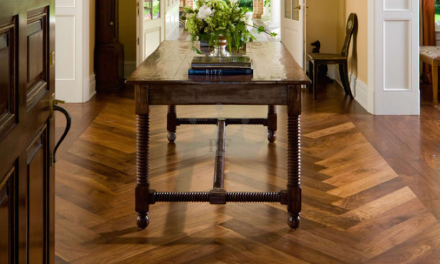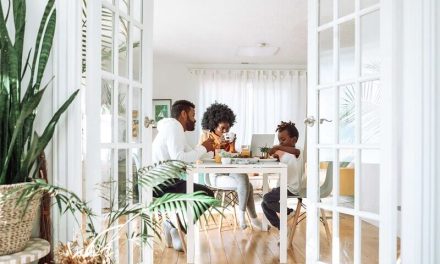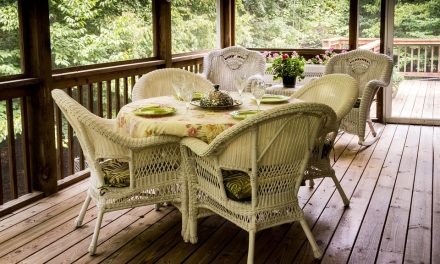Some of you may know it as the digital nomad movement, that of more and more people ditching the traditional office space at some company located in a high-rise building to work more location independently, otherwise working remotely in this way is definitely a growing trend either way. Most of these remote workers don’t set off by travelling and working out of their laptops right off the bat, with their home studies or even their dining room areas earmarked for transformation into a home office space they can work out of, but for those remote workers who are operating their own business and for whom there is a need to present a little bit more of a professional look about their work, it becomes even more important to make sure your home office space looks as professional as any professional working space. This requires time and a keen eye for design, as well as the funding to be able to browse a website like https://www.officemonster.co.uk/office-desks-1 or one similar in order to purchase the necessary components of a professional looking home office!
After all, you don’t want to be losing potential and even existing clients after they insist on popping over for a face-to-face consultation and then deciding you’re not quite the right person for the job, based purely on your presentation of a rather unprofessional-looking working space. Imagine going to someone’s home office to find a stuffy, cluttered space. The first thing to change would be to get your air conditioning serviced (you can browse this site to view a possible company for the job) so that your guests don’t feel like they are sat in an unventilated bedroom. This comes above all.
So here are some tips on how you can professionalise your home office space and in the process make it that one place in what is otherwise a domestic setting where you can actually be productive and get some serious work done whenever you retreat to it:
Separate home from work
This one is difficult if you’re limited on space, but even if you live in a tiny flat, try to keep all of your work on one desk and don’t let it spread to every room. Otherwise, it’ll feel like work is invading your personal space, and that isn’t fair on you. If you’re lucky enough to have a garden, consider separating your workspace from the house altogether. Modern Shed office ideas can give you inspiration on how to build a garden studio so that your office is just a short commute down the garden path. The walk from private space to work space will help to clear your mind from family affairs and vice versa. Your clients will also be able to visit you in your garden studio, so your family won’t feel as though their private space is out of bounds whilst you work.
Use different wall paint colours
This may seem like somewhat of an overly artistic approach to doing up one’s home office space, especially if professionalism is the ultimate aim, but there is more to it than the visual appeal it will inevitably achieve. Using different colours on different walls creates a subconsciously-delivered message that this is not an ordinary space – it gives off the message that something is happening and whoever is in it will want to be part of whatever it is that is happening.
Just for an example, perhaps have the entire wall adjacent to that of the entryway painted in one colour, leading up to what could perhaps be a seating area, while the rest of the room is painted in a different colour to symbolise and section-off that area of the room where the actual work takes place. Great “corporate” colours which achieve this balance perfectly are a combination of green and white, or even white and yellow (or a variation of yellow, like mustard).
Extending the psychological cues
We got some great ideas from paint and decor specialist, Janovic for this ultimate trick to making your home office look and feel as professional as you’d want it to, zoning in on the types of window-and-wall coverings to use. It really is an extension of the paint-aided sectioning-off discussed above, with the likes of drapes perhaps used for the window coverings in the waiting area, while more professional window coverings such as blinds and shutters are to be used for the working area proper. It’s a simple matter of being in control of the amount of natural light you want to let in as well as being able to control what you see when you look through the windows.
- Overcoming Challenges in the Production of THC Seltzers - 10th May 2024
- The changes in dental marketing - 12th October 2022
- Online aligners or surgery based ones? - 12th October 2022








